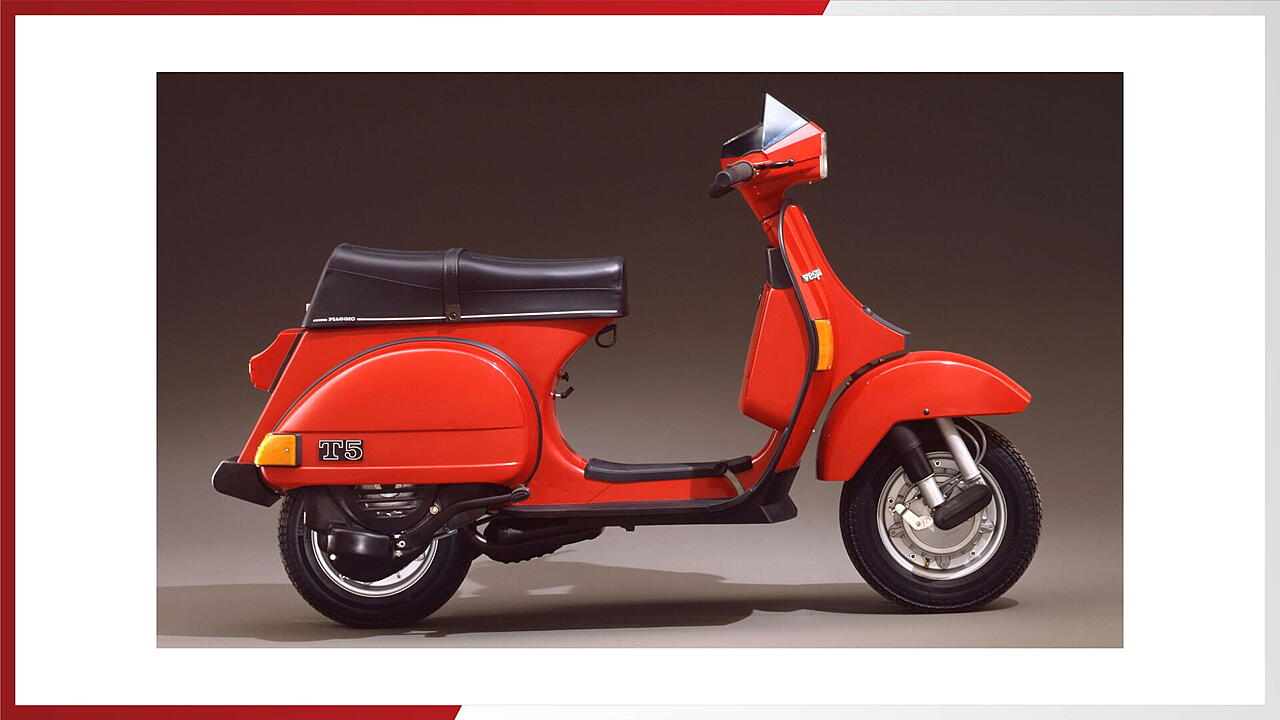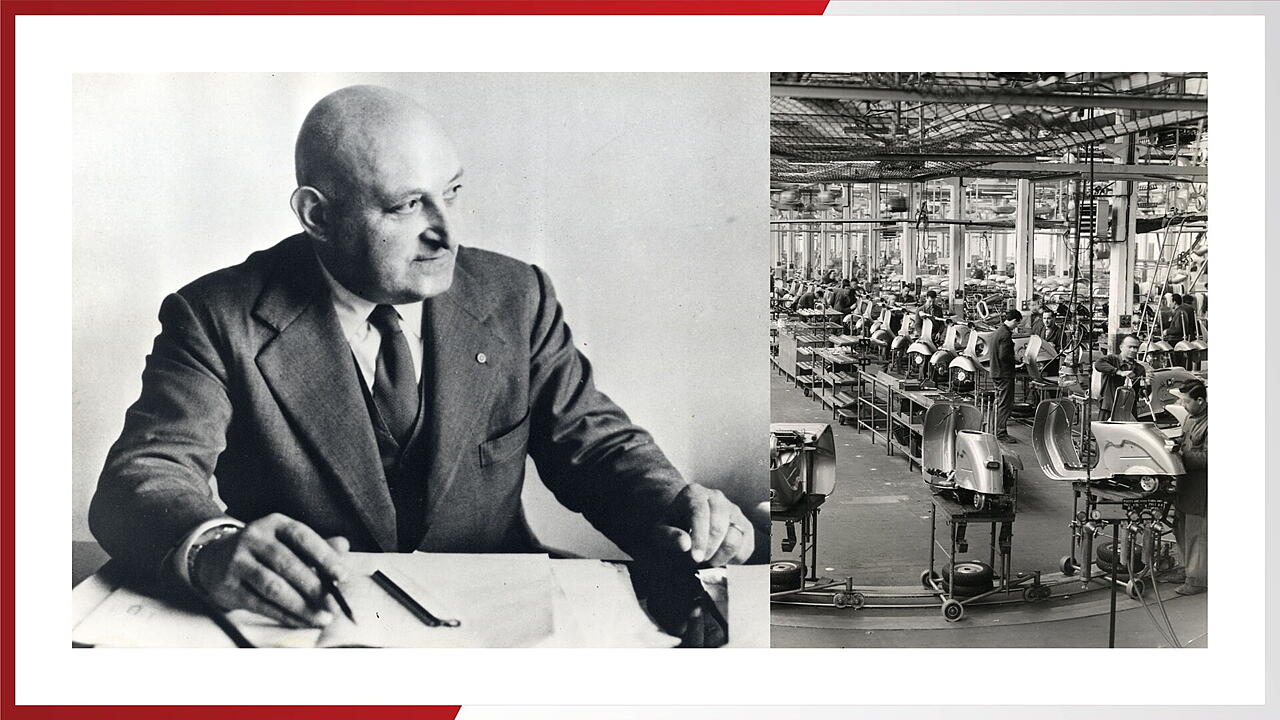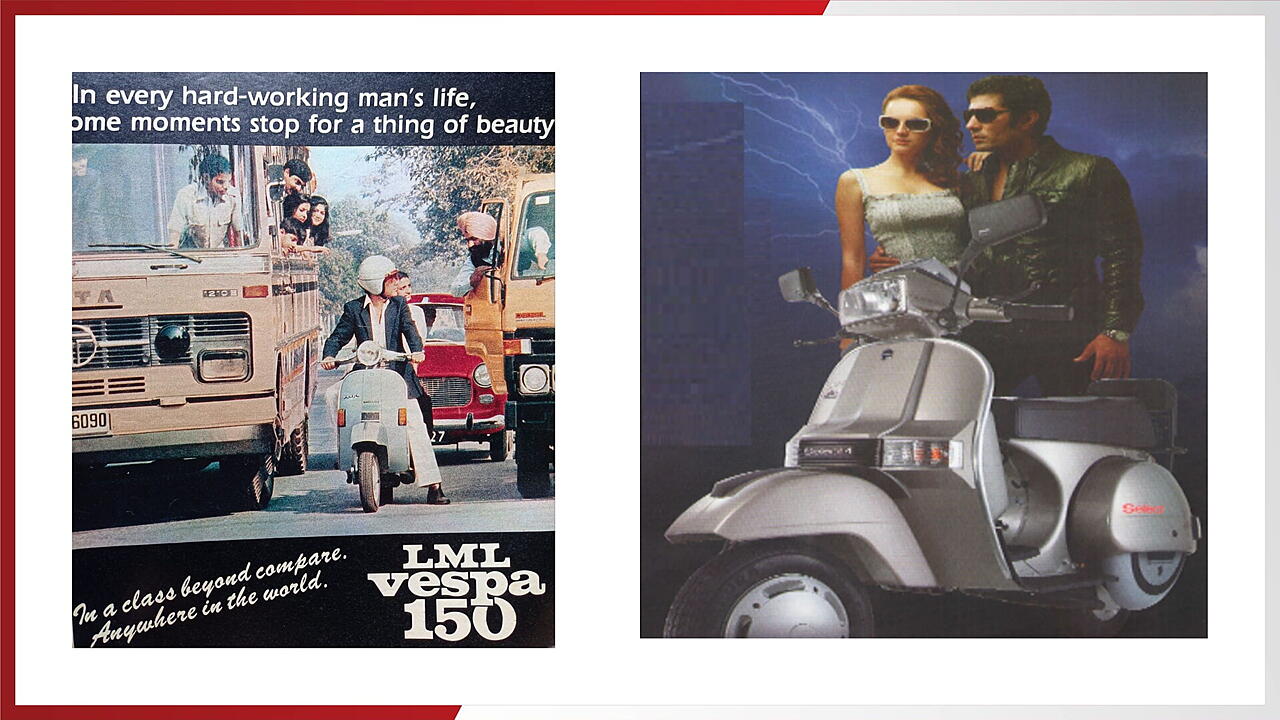
Vespa, an emblem of Italian elegance and a symbol of mobile freedom, entered the Indian market with a storied legacy and a name that resonated with millions globally. Founded by Rinaldo Piaggio in 1884 and transformed into a global icon by his son Enrico and aeronautical engineer Corradino D'Ascanio after World War II, Vespa not only revolutionised post-war mobility but also became a cultural phenomenon.

The Indian Chapter Begins
Vespa's journey in India began in the 1960s when it started being manufactured under license by Bajaj Auto and later by LML. This partnership helped Vespa become a household name, intertwining with India's own need for affordable and reliable transportation. As these scooters rolled off assembly lines in India, they carried more than just people; they carried aspirations of a newly independent nation poised for growth.

Re-entry & Rebranding
After a hiatus, Vespa re-entered the Indian market in 2012, a period marked by rapid economic growth and increasing consumer affluence. This time, it positioned itself not merely as a mode of transport but as a premium lifestyle brand. The Vespa launched in India was no longer the utilitarian scooter of the past but a luxury item that appealed to the young, the fashionable, and the environmentally conscious. Manufactured at Piaggio's state-of-the-art facility in Baramati, Maharashtra, Vespa's models like the LX125 brought advanced technology and retro styling together, catering to a niche audience.
Cultivating Cultural Phenomenon
The reintroduction of Vespa was not just about selling scooters but about creating a lifestyle. The company leveraged its heritage of style and Italian design, offering a range of models, including the Vespa VXL and SXL, which featured bigger and more powerful engines, vibrant colours, and contemporary features like ABS and smartphone connectivity. Vespa's marketing campaigns in India tapped into the aspirational aspects of owning a scooter that was a global icon, thus differentiating it from the more utilitarian domestic brands.
Despite its iconic status and premium offerings, Vespa faced challenges in the price-sensitive Indian market, where cost-effectiveness often trumps luxury. The brand navigated these waters by introducing various financing schemes, seasonal discounts, and collaborations with fashion and lifestyle segments to enhance its appeal and accessibility.

More Than Just A Scooter
Today, Vespa is not just a scooter; it's a statement. It represents a blend of history, technology, and fashion. It's seen not only on the bustling streets of Mumbai and Bangalore but also in pop culture, where it continues to symbolise style and freedom. As Vespa celebrates over 78 years of its global legacy, its journey in India is a testament to how a brand can evolve and adapt, becoming part of the very fabric of the society it serves. The road ahead for Vespa in India looks promising as it continues to ride high on its heritage, quality, and undying charm that transcends generations.
Also Read